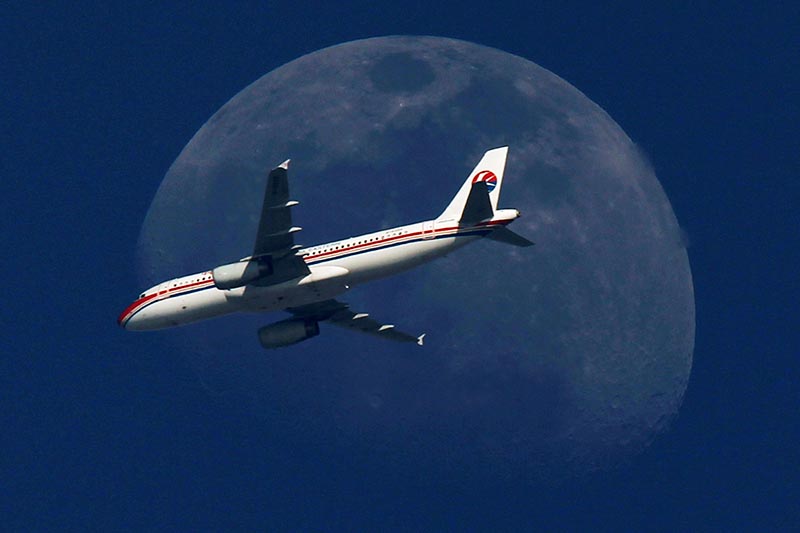Korean peninsula crisis to trim Chinese airline profits
SHANGHAI: Beijing’s curbs on travel to South Korea are expected to take some shine off the first-half results of China’s top-three airlines, which have slashed seat numbers on flights between the countries amid tensions over North Korea.
Air China (601111.SS), China Eastern Airlines (600115.SS) and China Southern Airlines (600029.SS) are expected to report higher earnings this week on the back of foreign exchange gains, but cuts on lucrative routes to South Korea could crimp yields.
Data compiled by consultancy Flightglobal for Reuters showed the three airlines and their subsidiaries had cut seat capacity by 41 percent by August compared to a year ago.
The cuts came as China began to pressure South Korea over Seoul’s deployment of a U.S. missile defense system designed to thwart any North Korean attack, but which China sees as a threat to its own security.
The route cancellations accelerated in March after Beijing banned tour groups from visiting South Korea. In all, almost 400,000 seats have been cut.
While Chinese airline yields were already falling due to rapid capacity expansion, analysts say the route cuts to South Korea were unhelpful.
“South Korea is one of the Chinese airlines’ most profitable international routes and the sharp decline in traffic on these routes does have a negative earnings impact on the Chinese carriers,” said Corrine Png, chief executive of Singapore-based transport research firm Crucial Perspective.
Other destinations where the airlines redeployed capacity, such as Southeast Asia, had more competition and were not as lucrative as the South Korean routes, she said.
Air China and China Southern Airlines did not respond to requests for comment. A spokesman for China Eastern Airlines declined to comment.
Chinese airlines cut 91 China-South Korea routes between August 2016 to 2017, and added just four, data from air travel intelligence firm OAG shows. In comparison, they opened 63 routes from China to Thailand and 38 to Vietnam over the period.
China Eastern, which had more exposure to South Korea than its two rivals, would report a 1.7 percent decline in passenger yields in its half-year results on Aug. 29, according to a forecast by Singapore-based brokerage UOB Kay Hian.
It predicted a 0.8 percent fall in passenger yields for China Southern, and that Air China, which reports on Aug. 30, would post flat yields.
Analysts said private budget carrier Spring Airlines (601021.SS) was the Chinese airline most exposed to the South Korea curbs. It reported a 25.2 percent fall in first-half net profit last week on higher operating costs.
South Korean budget airline Jeju Air (089590.KS) told Reuters last week that there were no signs that China would allow South Korean carriers to resume charter flights any time soon.
It said China had declined its request to offer charter flights in August to and from the country - the latest in a series of rejections stretching back to January.






